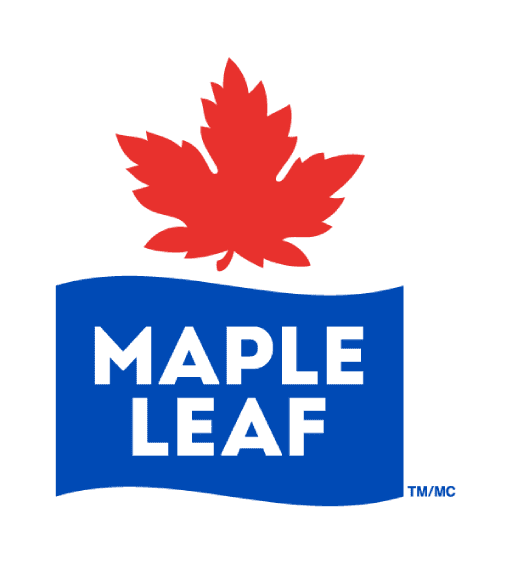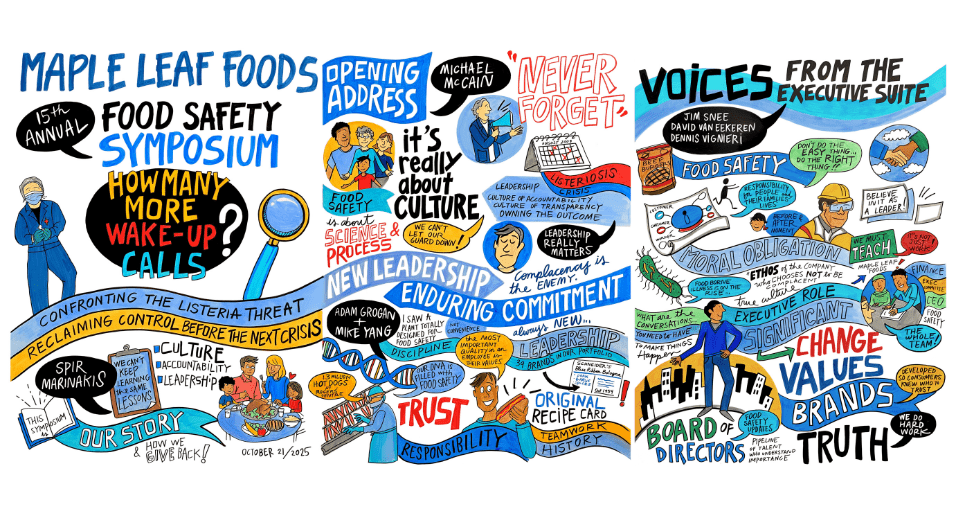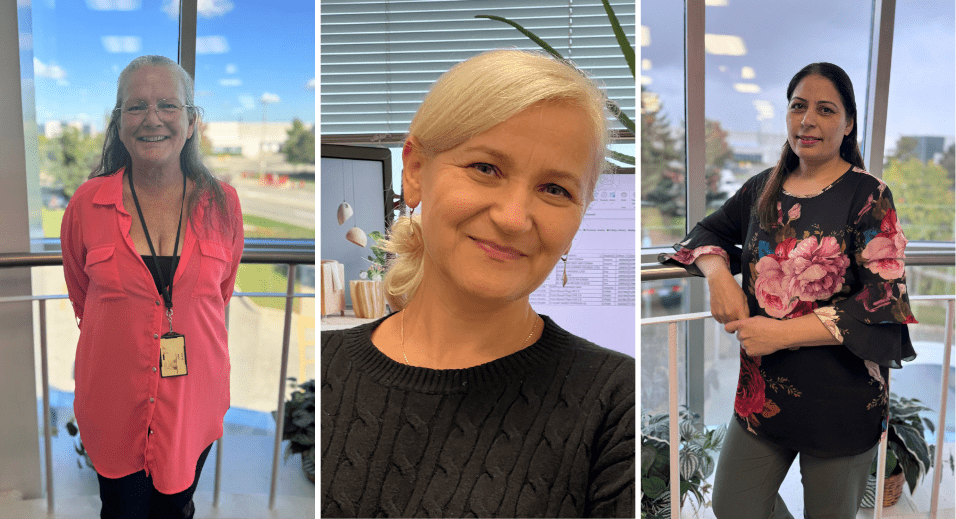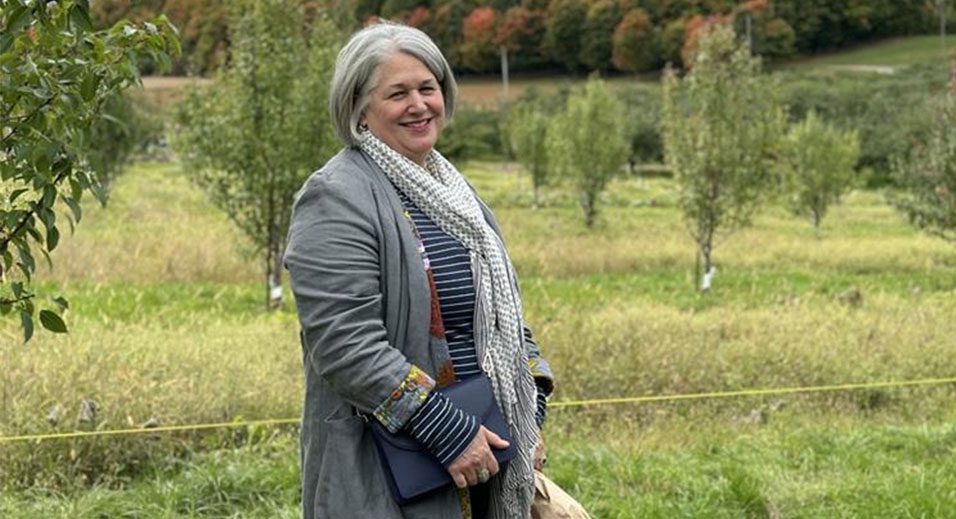Learnings on how leadership, best practices, and culture are key to mitigating foodborne illnesses.
By Randy Huffman, Chief Food Safety and Sustainability Officer
On October 21, Maple Leaf Foods hosted its 15th Annual Food Safety Symposium to bring together leaders from across the consumer packaged foods supply chain. This year’s theme was “How Many More Wake-Up Calls? Confronting the Listeria Threat – Reclaiming Control Before the Next Crisis”. For me, this was more than just another industry event — it was a call to action that emphasized the importance of aligning strong leadership to food safety strategies. I was delighted to host the day’s events along with my colleague Spir Marinakis, VP, Food Safety & Quality Assurance, as co-host and MC.
As I reflect on the day’s discussions, I’m inspired by opening words from Michael McCain, our Executive Chairman of the Board at Maple Leaf Foods. Michael shared that food safety is not just about science and process controls. It is, at its core, about culture, leadership, and the relentless pursuit of doing what’s right — even when it’s hard.
In the Canadian food industry, where Listeria outbreaks have struck both at home and across the border, we cannot afford to let our guard down. Food safety is not a box to be checked — it’s a daily commitment. The will to lead, to hold ourselves accountable, and to foster transparency must be at the heart of every food safety program.
What is Listeria monocytogenes?
Listeria monocytogenes is a bacterium that can contaminate food and cause listeriosis, a serious illness. Unlike most bacteria, it thrives in cold environments like cold processing environments and consumer refrigerators, making ready-to-eat foods especially vulnerable. For food safety experts, it’s a persistent pathogen requiring aggressive environmental sampling and strict controls. For the public, it’s important because even small amounts can be dangerous — especially for pregnant women, older adults, and those with weakened immune systems. Symptoms range from mild (fever, upset stomach) to severe (life-threatening infections), in fact, Listeriosis has one of the highest human mortality rates of all foodborne pathogens. Preventing Listeria means combining strong technical systems with a culture of vigilance and accountability in food production.
Maple Leaf Foods’ Listeriosis crisis of 2008
In August 2008, Maple Leaf Foods experienced the most tragic event in its more than 100-year-old legacy. Maple Leaf sliced deli products were found to be contaminated with the Listeria monocytogenes bacteria. The source of the outbreak was traced to one of our plants in Toronto, marking a tragedy that would take the lives of 23 people.
It was through this tragedy that I was personally introduced to the Maple Leaf Foods culture for the first time. I respected the dedication of Michael McCain, CEO at the time, when he took full responsibility and accountability for the outbreak, and for the action plan to move forward.
This tragedy took place 17 years ago, and it’s no coincidence that our annual Food Safety Symposium is in its 15th year now, as we’ve made a commitment to becoming a global food safety leader for Canadians. Here are some learnings and takeaways that we explored during the event.
A culture of new leadership and enduring commitment
The first panel of the day brought together Maple Leaf Foods executives, moderated by me along with Adam Grogan, President and Chief Operating Officer, and Mike Yang, Chief Supply Chain Officer, to discuss the intersection of leadership and technical expertise.
Mike, who recently joined our organization earlier this year, shared a personal perspective about his first visit to our Hamilton, Ontario plant: “The first thing that stood out to me was the behaviours around food safety. How the plant was designed for food safety, not to make it convenient or to get more products out the door. It’s not just words on the wall. Of the hundreds of Team Members I saw that day, the focus on food safety and details like hand washing was so evident. This site is designed with one thing in mind: prevention.”
For Adam, being a leader is about creating a space where everyone can share their perspectives or points of view. And for us at Maple Leaf Foods, we have a legacy in the brand space with just under 40 brands across our portfolio. “People are consuming our products, and we need to protect them.”
Technical excellence meets cultural maturity
Our keynote address, delivered by me and Lone Jespersen, founder of Cultivate SA, focused on the unseen and elusive control of Listeria. “We have decades of experience understanding this pathogen. It loves to thrive in refrigerated environments, where it does really well. We know Listeria is elusive and can be persistent if we don’t control it, so it requires our Team Members to be persistent in managing the risk. This takes a combination of the right technical tools, combined with a cultural mindset of all employees.”
One of the most important technical takeaways from us was the need for aggressive environmental sampling and the ‘Seek and Destroy’ protocol. “Aggressive environmental sampling of food contact and non-food contact zones is critical. Responding with Seek and Destroy protocol to every positive result is required. Seek and Destroy teams must be cross-functional and action-oriented. Teams must form multiple hypotheses, test them to conclusion and seek the root cause. Learning from past events is key.” Lone emphasized the importance of four key factors to improving food safety culture: leadership presence, leadership stability, team health, and a frontline obsession. When we get these things right, people are more likely to be engaged and committed to the right food safety behaviours.
Commentary from voices in the Executive Suite
Nicole Johnson-Hoffman, Chief Operating Officer at Meat Institute, moderated a panel with Chief Executive Officers across food companies, including Jim Snee (retired), Hormel Foods, David Van Eekeren, Land O’Frost, and Dennis Vignieri, Birchwood Foods.
Jim, now retired from his role at Hormel Foods, shared his ‘before and after’ moment — something that stuck with him in his many years as CEO. “There’s a question that you always get, which is ‘what keeps you up at night?’ And it was really easy to answer, ‘food safety, people safety, animal welfare.’ But, I vividly remember once receiving a follow-up question from an investor who said, ‘Tell me more. What are you doing about it?’ It’s those moments that you never forget.”
For David, he echoed sentiments we heard earlier in the day from Adam: “A brand is a pact with the consumer.” To our consumers, we owe them a consistent, high-quality, safe product every single time they try it. “We owe them the trust that when they do consume it, nothing bad will happen to them.” I was especially impressed by David sharing that every package of Land O’Frost food has his signature on the back — that’s accountability!
Dennis added a notion that I think many would agree on: “Food safety and quality is table stakes. It’s just something we have to do day in and day out.”
Nicole mentioned that maintaining trust in experts is important, but staying vigilant remains necessary. “Of course, you have to put faith in your experts. But when it comes to food safety, there is a limit to trust. What’s the rule? Trust but verify. You have to probe. You have to get a second opinion. You have to find the other resources that lead us to where we had not looked.”
I was exceptionally moved by one of Nicole’s closing quotes: “It should never cost the life of a child to teach a meat industry executive a lesson about food safety.”
Getting back to the basics of food safety
In an excellent joint presentation, we heard from Matt Thomas, Senior Director, FSQA, Food Service & Retail Value Added Poultry at Tyson Foods, and Steve Tsuyuki, my former colleague here at Maple Leaf Foods and now EMP/Sanitation Consultant at TSUYUKI EMP and Sanitation, Ltd.
Together, they reminded us that aggressive swabbing during food safety testing is not just a compliance task — it’s a deliberate act to verify control. “If Listeria is in the environment, you want to find it. Swab sites are linked to control measures to control each factor in the equation,” explained Matt. “I also recommend that you treat the drain as a collection site because the positive site is many times not the origin. The investigation, when you get a positive, must go beyond the positive site — every time.”
Steve summed up the importance of a passionate and vigorous food safety culture: The ‘Why’ defines the company’s values in statements of purpose and commitment. And the result is that when the culture is strongly understood, there will be less reliance on systems. People won’t need to be told what to do.
As for the ‘How’, that translates values into beliefs and behaviours. And the ‘What’ translates beliefs and behaviours into policies, processes, and procedures. The result? A culture that’s supported by a system of processes and SOPs that drive organizational engagements. People do what is expected of them.
An excellent summary of why balance is required to be effective and sustainable!
Final reflections: the burden we never lay down
We closed off the day with a case study in food safety leadership presented by Paula Klassen, Vice President of Food Safety & Quality at Treehouse Foods. Treehouse experienced a major Listeria recall of branded frozen waffles across Canada and the U.S. almost 1 year ago. Her overview of their event was honest, vulnerable, and exactly what we needed to end off an excellent day of open discussions on a topic that touches all food manufacturers across our network.
Looking back on this year’s Symposium, I’m reminded of Nicole’s words: “Food safety is a burden that we never lay down. We have to keep it on our shoulders all the time. It’s a problem to be managed — but never solved.”
For us at Maple Leaf Foods, food safety is in the DNA of our culture. We learned incredibly hard lessons in our past, and we take those learnings with us in whatever we do. From the design of our plants, to training all of our Team Members on food safety, to ensuring we all remember and recognize the terrible losses that can be suffered in a food safety crisis, we are not complacent, and we consistently look at new innovations and new ways to learn to keep our people and our customers safe.
The Canadian food industry must continue to confront the Listeria threat with vigilance, humility, and a commitment to culture and leadership. Our brands are our pact with consumers, and every day is an opportunity to earn and maintain their trust.



